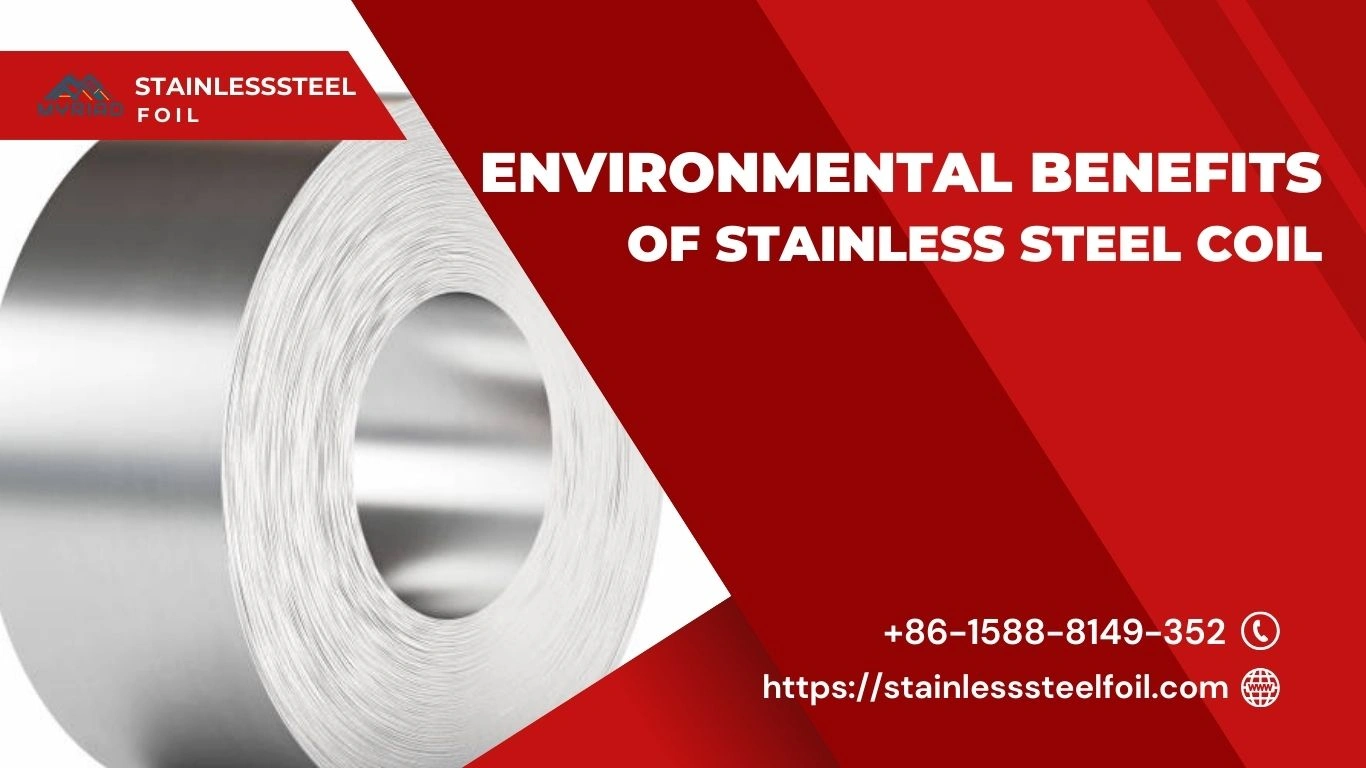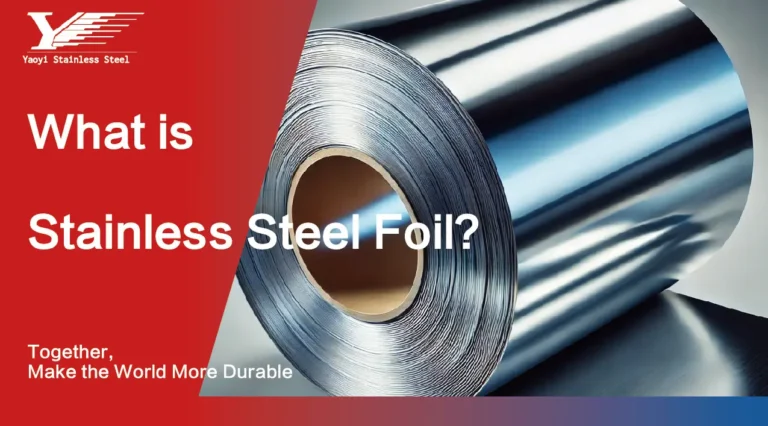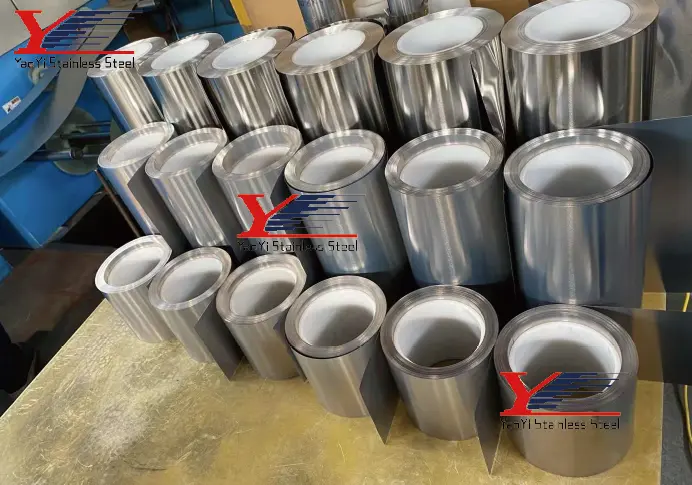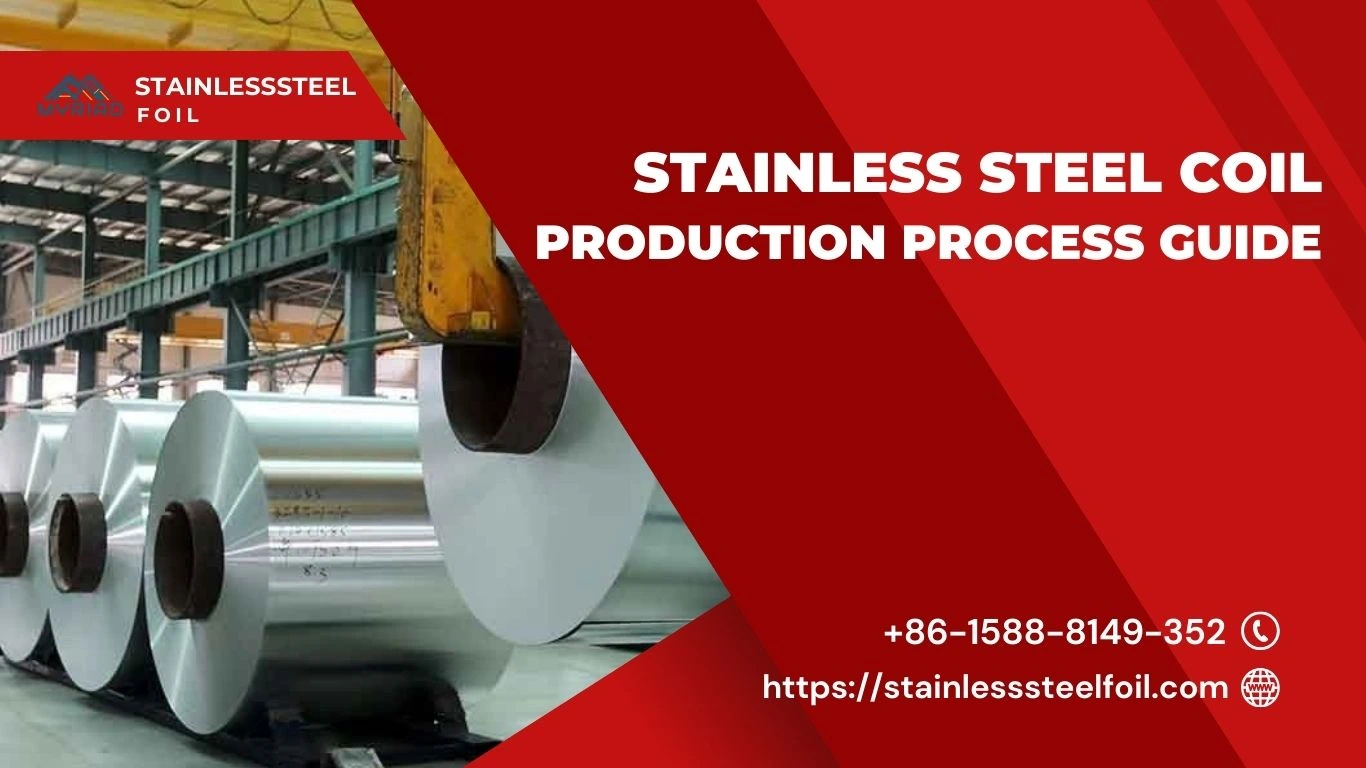
Environmental Benefits of Stainless Steel Coil
Stainless steel coil is widely used in construction, automotive manufacturing, food processing, medical equipment, energy systems, and sustainable architecture. Its

In a world constantly testing the limits of strength and endurance, stainless steel foil emerges as a resilient force, embodying both delicacy and power. With its ability to resist corrosion while maintaining flexibility, it serves as a testament to modern engineering—where every thread of metal is woven with purpose, like characters in a Dostoevsky novel, each strand crucial, none insignificant. This thin yet mighty material finds its place across industries, from aerospace to electronics, its essence lying not only in its composition but in the countless possibilities it unfolds for those who seek reliability amidst chaos.
Stainless steel foil, like a protagonist with layers of complexity, is primarily composed of iron, chromium, and often nickel. These elements give it its defining traits—corrosion resistance, durability, and the ability to withstand extreme temperatures. Chromium, making up around 10-30%, is the element that ensures this foil’s armor against the elements, much like how a character stands strong amidst life’s adversities. This foil’s austenitic structure, imbued with nickel, enhances its non-magnetic properties and flexibility, akin to a soul bending under the weight of existence but never breaking.

Heat Resistance Stainless steel foil can endure much higher temperatures compared to aluminum foil, making it ideal for cooking methods like roasting or grilling where sustained heat is involved. Aluminum foil can handle lower temperatures but is prone to melting or breaking down if exposed to excessive heat over time.
Durability and Reusability Stainless steel foil is more durable and can be reused multiple times without losing its structural integrity, making it a cost-effective choice for frequent cooking. Aluminum foil, though cheaper, is typically single-use due to its tendency to tear and degrade after exposure to heat.
The creation of stainless steel foil is an art form in itself. Rolled and reduced to microns in thickness, the foil emerges from the furnace of pressure, transformed yet retaining its core essence. Like a character in a Dostoevsky novel who emerges from hardship, this material’s journey from steel sheet to foil is one of endurance and patience. The process involves precise cold rolling techniques, often requiring several passes to achieve the desired thickness. The result? A foil that retains the strength of its thicker counterparts while achieving the delicacy required for high-precision applications.
The thickness of stainless steel foil typically ranges from 0.01 mm to 0.2 mm (10 to 200 microns). This extremely thin material is designed for applications requiring precision, flexibility, and corrosion resistance, making it suitable for industries like electronics, aerospace, and manufacturing.
The width of stainless steel foil generally ranges from 10 mm to 610 mm (1 cm to 61 cm). However, the exact width can vary depending on the manufacturer and the specific application requirements. This range ensures flexibility in usage across various industries, from precision components in electronics to broader applications in industrial settings.
In every industry where stainless steel foil finds its place, it plays a silent but significant role. Whether shielding technology from failure or protecting structures from corrosion, it stands firm, much like a Dostoevskian hero, weathering the storms of life while carrying the weight of the world.
Learn more about the:The stainless Steel Foil Provided With High Quality and Best Price
Read more: How to Find the Best Deals on 316 Stainless Steel Foil Price
Get more: How to Choose the Right Thickness of 304 Stainless Steel Foil for Your Application
Read on: yaoyi stainless steel foil

Stainless steel coil is widely used in construction, automotive manufacturing, food processing, medical equipment, energy systems, and sustainable architecture. Its

Stainless steel coils are the backbone of countless modern industries. From architecture and automotive manufacturing to medical equipment and energy